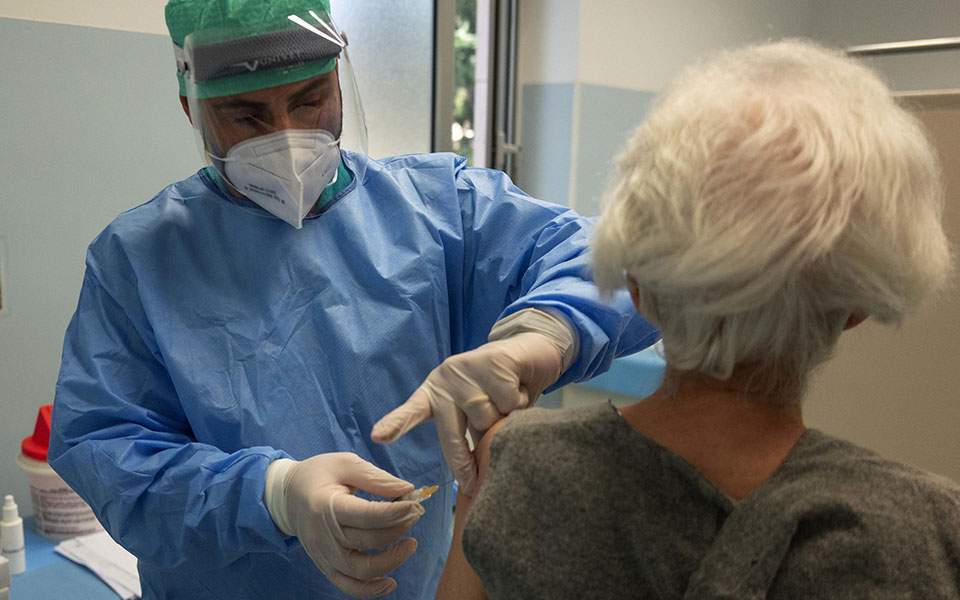Wide disparities in vaccination rates among localities and age groups

Health authorities, experts and the government are worried about the reluctance of some age groups and localities to get vaccinated against the coronavirus.
General Secretary for Primary Healthcare Marios Themistokleous said on Monday that, so far, some 6.2 million vaccinations have been administered in Greece, with around 4 million people having received at least one dose.
Still, achieving the goal of having 60-70% of Greece’s population of nearly 11 million vaccinated will require some persuasion among the skeptical.
The “Blue Freedom” program, which aims to fully vaccinate Greece’s islands – at least partly out of a desire to encourage tourism and avoid last year’s crash – has revealed stark differences among island populations. On the island of Kythnos, for example, close to the mainland, more than 84% have been vaccinated at least once, while on Samos, a bigger and more important tourist destination, only 32% had done so by Monday morning.
On Samos, the government had planned to vaccinate 4,300 people from last Saturday to Wednesday with the one-dose Johnson & Johnson product. But only 110 booked jabs and the online platform crashed due to the low volume of usage.
Both local authorities and hotel owners say associating vaccinations with tourism was the wrong tactic. “Telling the locals, ‘Get vaccinated or starve,’ won’t cut it,” the mayor of Eastern Samos, Giorgos Stantzos, told Kathimerini. He says it is reluctance, coupled with lack of urgency due to the rather low incidence of coronavirus cases early on, rather than rejection of a vaccination, that accounted for the low number of bookings.
Besides Kythnos, the islands of Milos (77.9% vaccinated as of Sunday), Santorini (65.5%) and Mykonos (63.4%), along with Athens’ northern suburbs (63.5%) top the list of the inoculated. By contrast, in Western Attica, only 17.9% have had the vaccines. In five other regional units, all in the mainland, the rate was below 30%.
The issue is not only geographical, experts say. For example, less than 75% of the over-60s have been vaccinated, when, according to experts, 100% should have been, given the age group’s increased vulnerability to the coronavirus.
Given the above, both government and experts are considering providing even more freedom of movement to the vaccinated, as an incentive.





